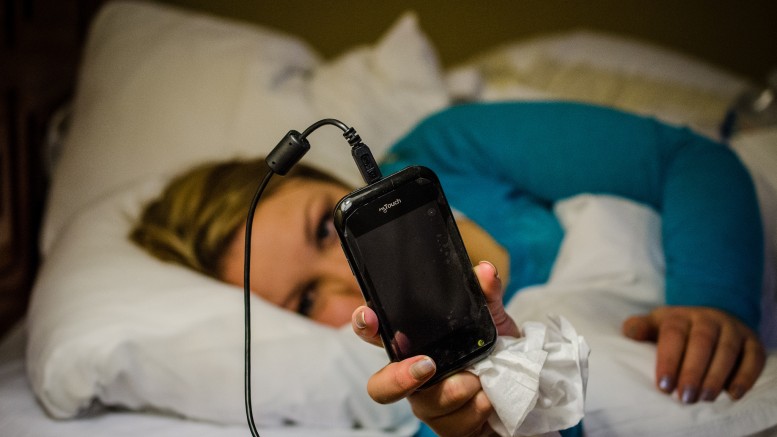Social media use itself has become an addiction. More teenagers are devoted to their accounts; about 92% of them report checking social networking apps at least once a day. Peer pressure becomes more complicated when it’s spread online rather than in person.
With the COVID-19 pandemic has come more social media use and quick, loosely regulated, access to drugs online. According to a new report by Addiction Treatment Services, teen drug overdoses have been on the rise during the COVID-19 pandemic. On top of that, online usage drastically went up. During the first few months of the COVID-19 pandemic, Twitter usage alone increased by 34%.
Viral Challenges
Social media challenges have taken the world by storm. Some of these, like the “Harlem Shake,” “planking,” and the “Ice Bucket Challenge,” were harmless and brought people together. Others, however, like the “Tide Pod challenge” and the “Benadryl challenge,” cause teens to engage in harmful behavior that can lead to overdose and even death.
The “Benadryl challenge” led to three overdoses and one reported death in 2020. Complaints escalated to the Food and Drug Administration (FDA), which issued a warning about this serious health hazard. Statements highlighted how taking too much of the antihistamine could result in seizures, serious heart problems, coma, and death.
So, what makes teens participate?
A large reason why teens participate in viral challenges is simple: They want to belong and be liked. Teens face peer pressure at a time when their brains are still developing and they’re figuring out right from wrong. Relationships are important to them at this point in their lives.
People of all ages have felt isolated and alone during the COVID-19 pandemic as well. In a time when they’re in quarantine and alone, teens want a sense of connection and acceptance. The feeling of FOMO (Fear Of Missing Out) is real, especially during these times. When teens see photos online of their peers drinking and smoking, in many cases they’ll want to partake.
The Social Media Drug Marketplace
Silk Road used to be the epicenter of the internet black market. Now, dealers use everyday social media apps like Snapchat and Instagram to sell substances. Even without viral challenges, teens are finding it easier to buy drugs. Dealers can promote their products easily and, with apps like Instagram, don’t have to provide their personal information to create an account. One anonymous dealer said that shipping is “super safe” since the content of the package isn’t disclosed before taking it to the mailbox.
Police officers in places like Australia have a harder time keeping track of drug deals made over the internet. This is largely due to a lack of legislation and the use of encrypted technologies. With the development of new regulations, law enforcement can hopefully crack down harder on drug deals made over social media. Having precautionary measures in place, drug use among teens might be able to gradually decrease over time.
